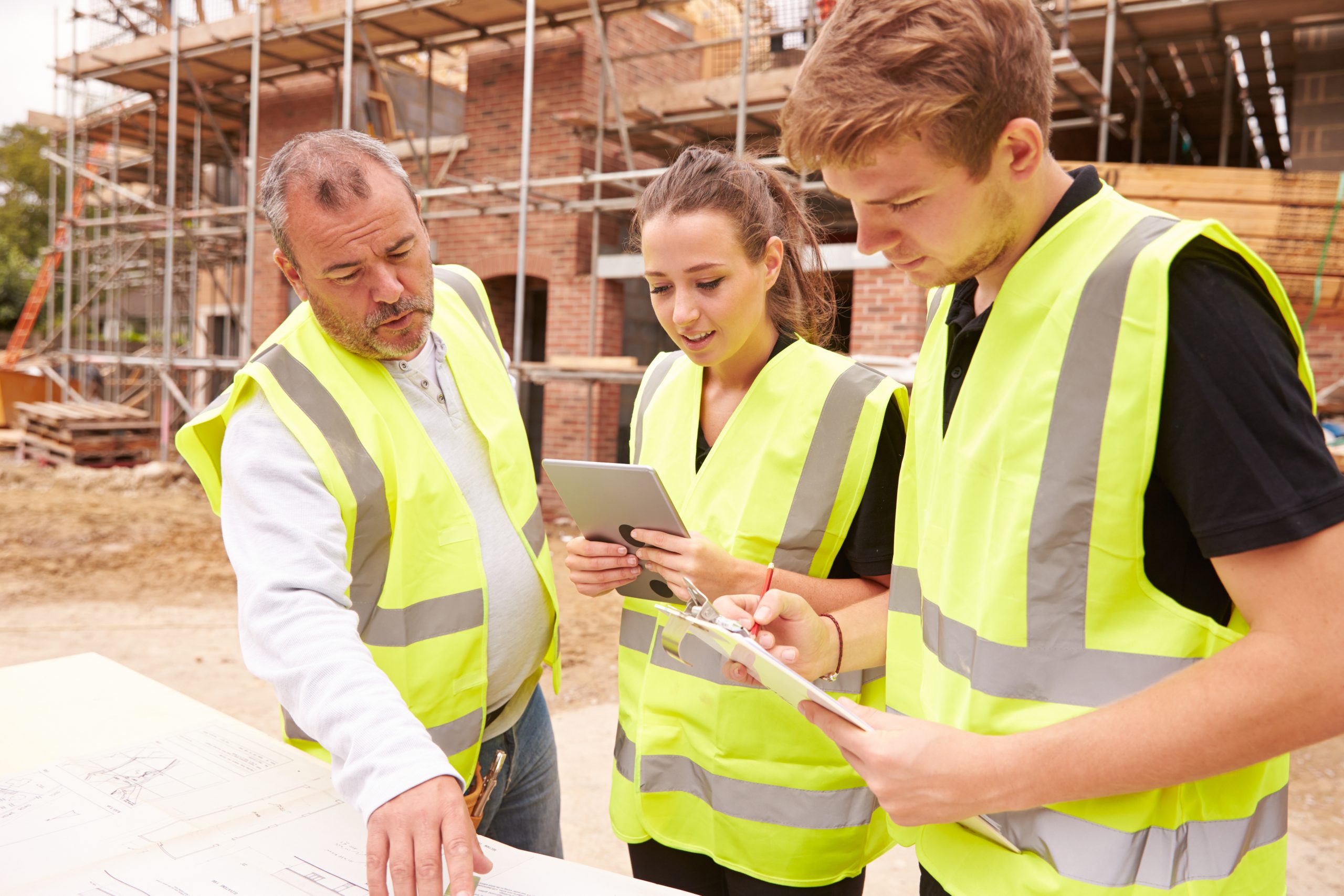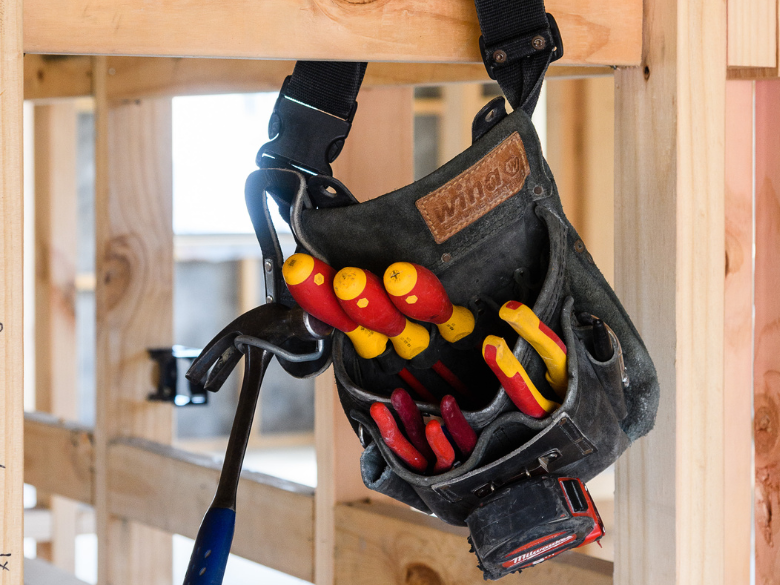The year’s end has snuck up on us once again, bringing the added pressure of work deadlines, projects, social events, and family commitments.
With these additional pressures occupying our headspace over the festive season, injury rates and incidents tend to increase. The team at HazardCo have a few tips on ways to manage your stress, energy levels, and overall wellbeing at this busy time.
Deadlines – short deadlines for projects and pressure to reach end-of-year-goals can add additional stress to the holidays and cause health and wellness to fall by the wayside. As always, communicate early on, and involve everyone in the project timeline and any dependencies… that way time pressures become a shared problem. And if you do have a looming deadline you don’t think you can make, now’s the time to start talking about it and looking at options with your wider team and client.
Temporary Workers – great for covering annual leave and busy periods, these staff members are often at a higher risk as they don’t have the experience or knowledge of processes specific to your workplace. If you engage temporary workers to cover annual leave or busy periods, it is important that they are inducted correctly, and receive full and correct safety instructions and supervision for any work with machinery or unfamiliar tasks they may be doing.
Social Events – whether it’s purely a social catch-up, or an end of year work party, remember to drink responsibly; monitor and manage alcohol provided to staff, and never drink and drive. This way everyone can have a safe and enjoyable time celebrating their achievements throughout the year.
So, whether you are actively working, or in the midst of the holiday season, try to stay focused on the job at hand, and pay close attention to the task you are performing.
The HazardCo team wishes you all the best for a safe and happy holiday season and look forward to catching up in 2022!
Things can get pretty hectic on a construction site so it can be hard to find time to keep on top of everyone and everything. With HazardCo’s Quick Share, the latest innovation in health and safety, subbies can now share their on-site activity with the main builder – all online and at the touch of a button. It keeps builders and their subbies on the same page when it comes to health and safety, and gives them both one less thing to remember to do later.
HazardCo created Quick Share to let subbies easily share their on-site health and safety activity with the main builder. Subbies no longer have to find, download, and print or email reports since Quick Share does the sharing for them. It works on the HazardCo App so it’s all online and shared instantly, meaning less paperwork, and since there are no delays there is also less chance of being chased by the site supervisor for health and safety activity.
When subbies use Quick Share, the main builder has a better view of what’s happening on-site and more peace of mind that everything is being completed as it needs to be. It also saves the main builder time since they don’t need to chase their subbies for that paperwork.
The online HazardCo Hub retains all activity created by the main builder for a site, as well as any activity shared by their subbies for that project. With all health and safety activity saved in one place, on-site health and safety becomes more streamlined.
Quick Share saves both builders and their subbies time and makes sure they’re on the same page when it comes to health and safety. True to HazardCo’s purpose, Quick Share is yet another feature that helps HazardCo members create a safer site and have more time to focus on the job at hand.
Managing your project on-site is all about multi-tasking. Your team, your client, as well as all the subbies and tradies, so it’s no surprise things can get pretty hectic on-site with a lot to juggle. Now there’s a way you can get your health and safety sorted even faster, while still doing the right thing to protect everyone on site.
HazardCo was built to make health and safety a breeze for everyone on-site – the app and online hub use smart templates and drop-down options, which make it super quick for anyone to complete a SWMS, site review, incident report, toolbox meeting, or induction.
The time saved on health and safety gives everyone more time on the tools, helping you get the job done quicker. And because the HazardCo App goes everywhere with you on your smartphone, health and safety activity can be completed there and then, with no need to find time to get it done later… helping you to have a safer site and manage your work-life balance.
Getting your team home safely at the end of the day is the most important thing you can do, and with HazardCo’s App and online Hub you get to save time without compromising on safety. Using the app every day keeps health and safety top of mind, which helps make the site safer for everyone.
Ready to have a little more time for other things in life? Whether you’re the lead builder, a subbie who’s won a site contract, or part of the crew, HazardCo is there to get your workplace health and safety sorted – super quick and straightforward.
Risks change, all day, everyday. That’s the reality of life on site.
Methods change because of different training and experience, people on the job change, there are differences in machinery and materials used, as well as environmental changes from hour to hour.
It’s a lot.
Risk is a product of the work processes being carried out. So, if the work doesn’t happen, the risk isn’t present.
But, if a work process is defined then risk can be recognised and taken into account.
The key question tradies and supervisors need to be asking themselves is:
How do I adapt my task when a change occurs?
It’s not about mountains of paperwork. It’s about 4 simple steps:
- Plan: Identify and assess the risk
- Do: Eliminate or minimise the risk
- Check: Monitor the control measures
- Act: Review for continuous improvement
A change occurs. Repeat.
Plan. Do. Check. Act.
Repeat.
(You get the picture)
We should all be working towards a heightened sense of awareness on site. And of course, treating risks as priority should be a collective mindset. Reinforced by supervisors who should be adapting plans and guiding teams to take account of the constantly evolving risk environment.
The power of change in risk can kill, the power of change in process can save a life.
Be the change you want to see.
Looking for something in particular?

The Christmas break is nearly here. You're probably counting down the days until you can relax and spend some proper time with the family and friends.
But before you lock up for the holiday...

We’ve heard all sorts of myths and misconceptions when it comes to health and safety. We’re here to debunk some of the more common ones we hear.
H&S admin takes too long on-site...

Got lone workers on your team? Here’s what you need to know
If someone on your team is working by themselves without other people around and without direct supervision, they’re likely conside...

Take the Hassle Out of Toolbox Meetings.
Toolbox meetings don’t need to be a paperwork mission. With the HazardCo App, you can run quick, focused chats straight from your phone. No prep, no p...

Get your team scanning in and out – it’s a no-brainer!
We get it, health and safety chats aren’t always the most exciting. But they are the most important. When everyone on-site takes part,...

Working with heavy machinery and managing traffic on-site can be risky. But with the right checks and planning, we can keep everyone safe.
Daily machinery checks
Before starting work each da...

Digging into the ground might seem straightforward, but excavation work is actually one of the most dangerous parts of construction. That’s why it’s important to plan ahead and put the right s...

When you're able to get back on site after a flood or storm, here are the hazards, risks and control measures you should consider to help reduce the risk of injury and illness to yourself, you...

Dust is a common hazard in the construction industry, especially during demolition or refurbishment. When buildings are demolished they can release materials that create hazardous dust (airbor...

To put it simply, health and safety regulators (WorkSafe / SafeWork) work with you and your workers to keep you safe and healthy. Their main goal is to ensure that across Australia, businesses...

The holiday season is over and now it’s time to get back into the swing of things. Coming back to work and reopening your site is just as important as shutting it down. The New Year is the per...

Electricity is essential on construction sites, but if the risks are not managed properly, it can pose serious dangers to people and property. Proper controls must be in place wherever electri...





















